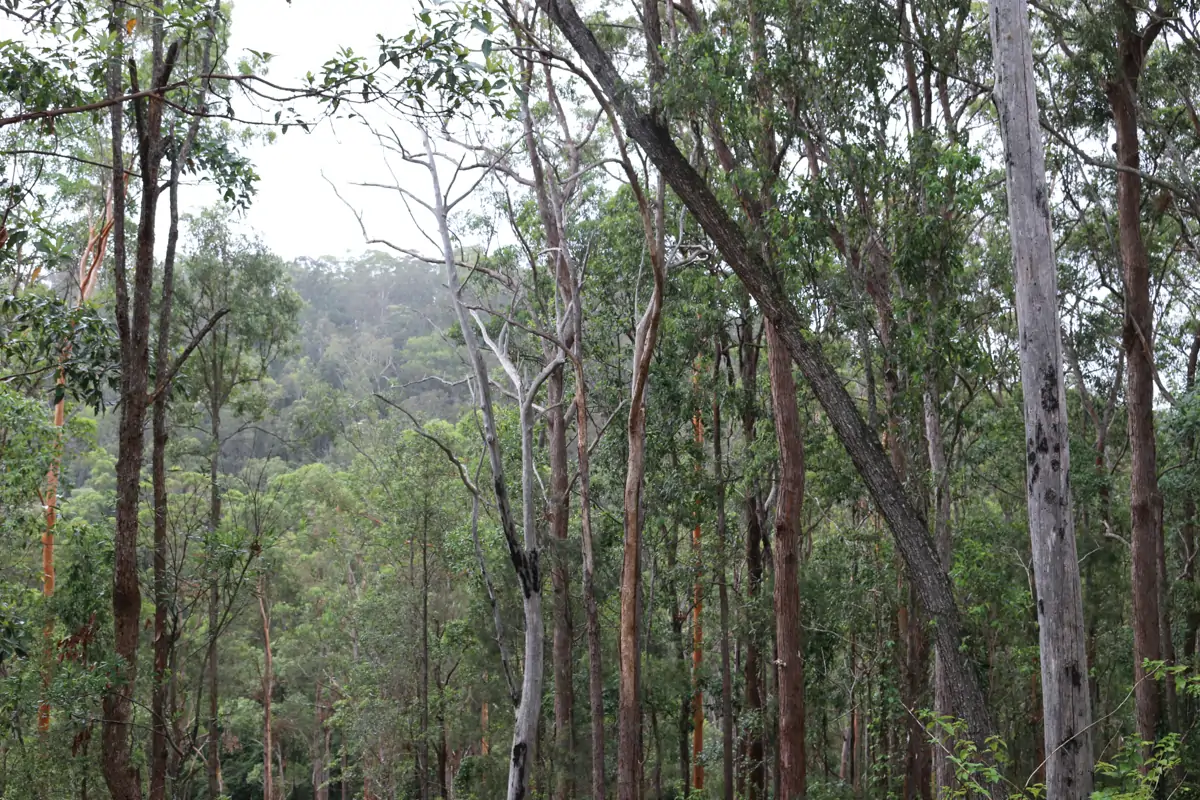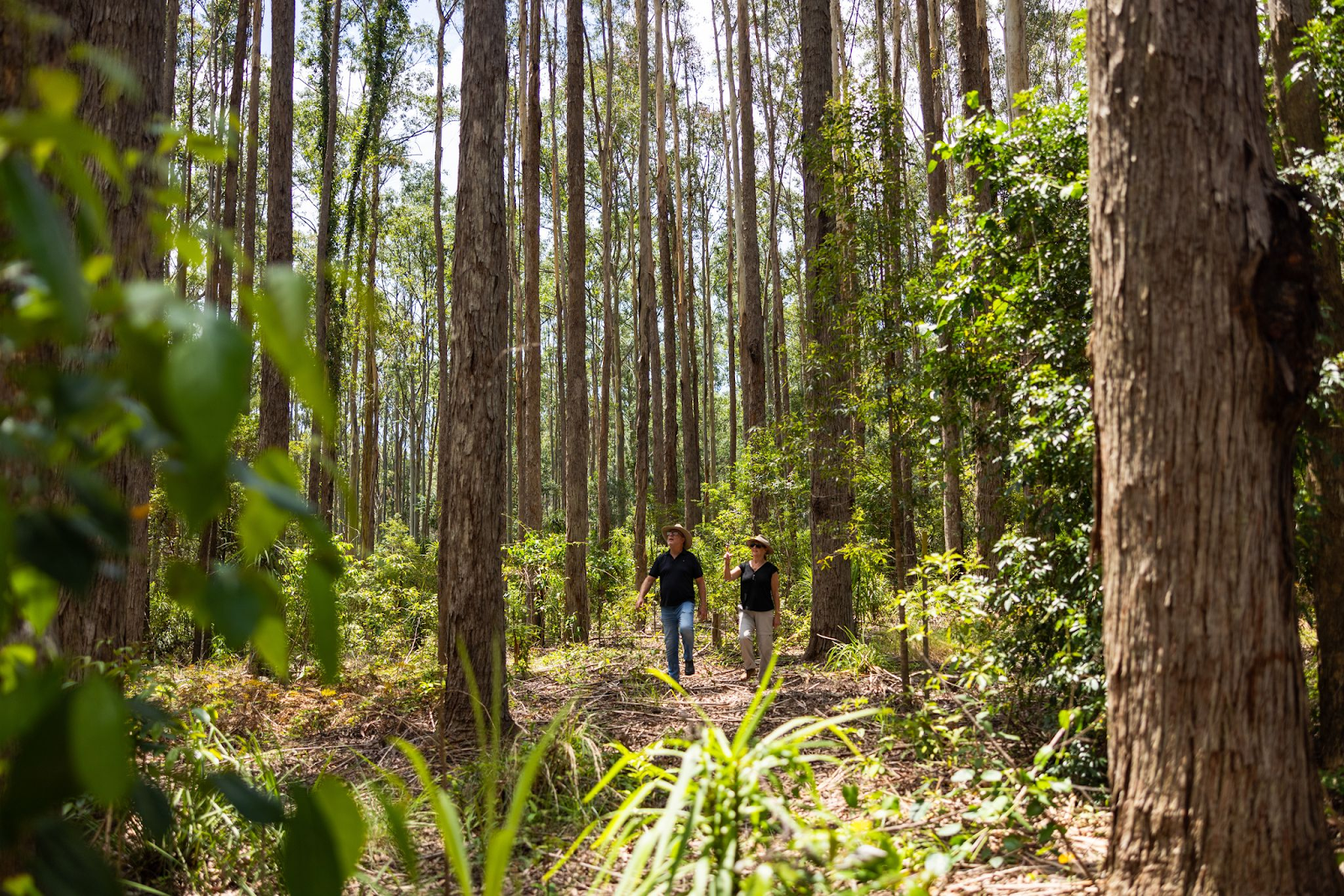Understanding what makes a forest healthy is key to managing your land sustainably and productively. Whether you’re considering private native forestry (PNF) or simply want to know if your forest is in good shape, knowing what to look for is the first step.
Here’s how we assess forest health in the field – by examining both the broader environmental context and the physical characteristics of the trees themselves.
Start with the Landscape
Before inspecting individual trees, we evaluate the overall condition of the forest. These factors create the foundation for forest health and productivity and include the location, topography, climate + soil condition.
1. Location & Topography
- Is it a coastal or tableland forest?
- Is the land predominantly flat or steep?
- What is the altitude?
These elements influence temperature, moisture levels, and growth rates. For example, higher altitude forests often have cooler temperatures and different species mixes than lowland or coastal forests.
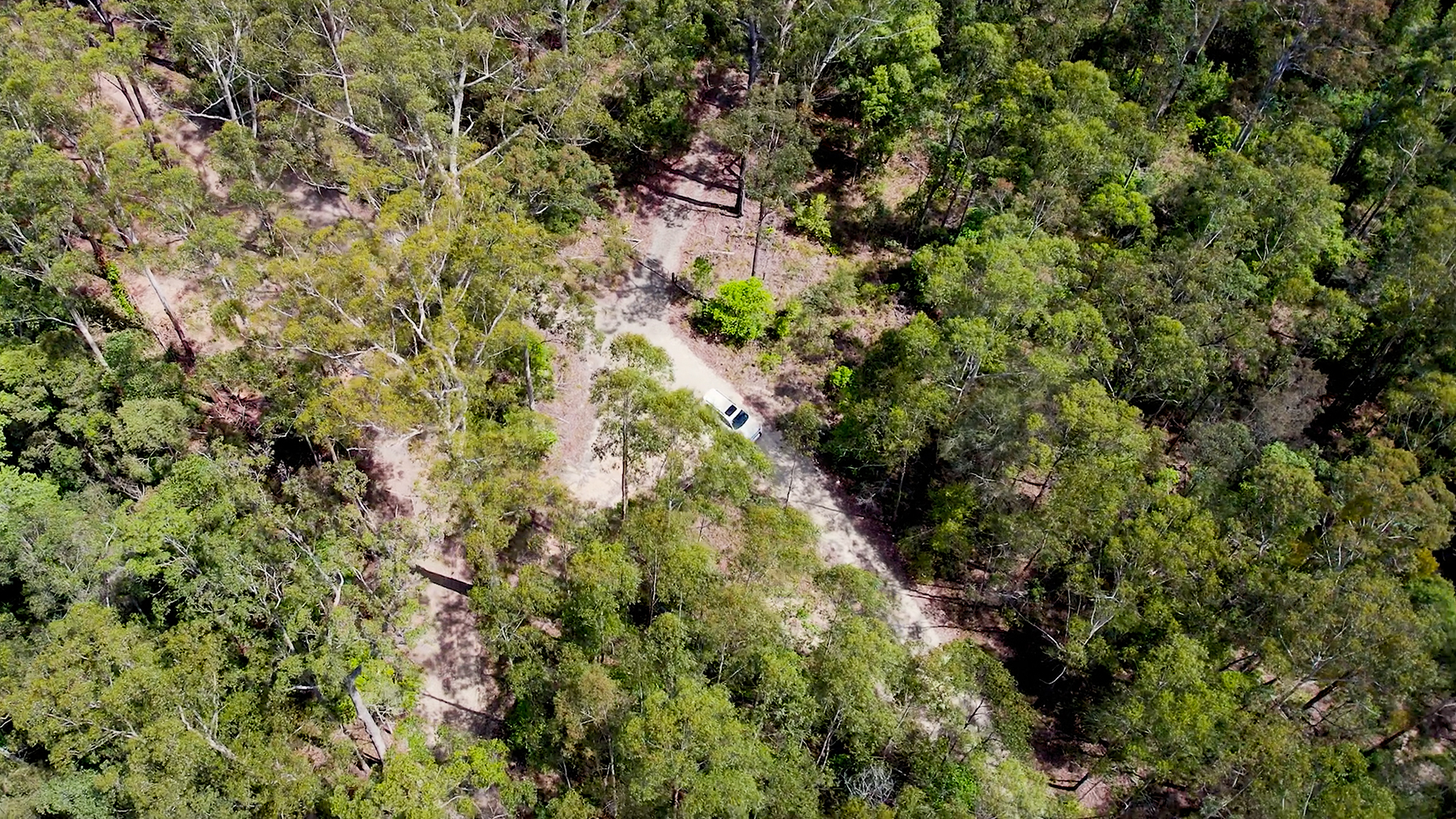
2. Understand the Climate and Soils
Healthy forests are built on the right environmental conditions. Key factors we consider:
- Rainfall: Annual precipitation levels help determine water availability.
- Soil type: Loamy, sandy, or clay-heavy soils all support different species and growth rates.
- Rockiness: High rock content can limit root growth and water access.
- Aspect: North-facing slopes tend to be warmer and drier – ideal for grazing grasses. South-facing slopes offer cooler, moister conditions – better for shade-tolerant species like many eucalypts.
In healthy forests, trees are well-adapted to the local soil and climate. Healthy forests are rich in understorey plants (shrubs, grasses, wildflowers) and wildlife. Clean water sources support habitat diversity and a thriving forest ecosystem. (Agriculture.gov.au)
3. Know Your Forest Type
A healthy forest has trees of different species, size and ages, contributing to ecological balance and resilience. Along the East Coast of Australia, there are seven broad forest types – four of which are dominant in the NSW North Coast. These are: North Coast Dry Mixed Hardwood, North Coast Moist Mixed Hardwood, North Coast Flooded Gum and North Coast Blackbutt. Some species can thrive together, others such as Blackbutt and Spotted Gum do not.
Forest age structure also matters. Is your forest mixed-aged or even-aged? Each require different approaches to sustainable forest management. For help identifying your forest type, we offer FREE no obligation forest assessments, you can read more on our Forest Assessment page, alternatively you can reference the Private Native Forest Code of Practice for Northern NSW.
If you need some help in identifying the species, check out our ever popular Guide to Northern NSW Forests Native Trees.
4. Inspect Tree Form – What Are You Really Looking At?
Once we’ve considered the environment and forest type, we look closely at the trees themselves. The form of a tree tells the story of its health and the conditions it’s growing in.
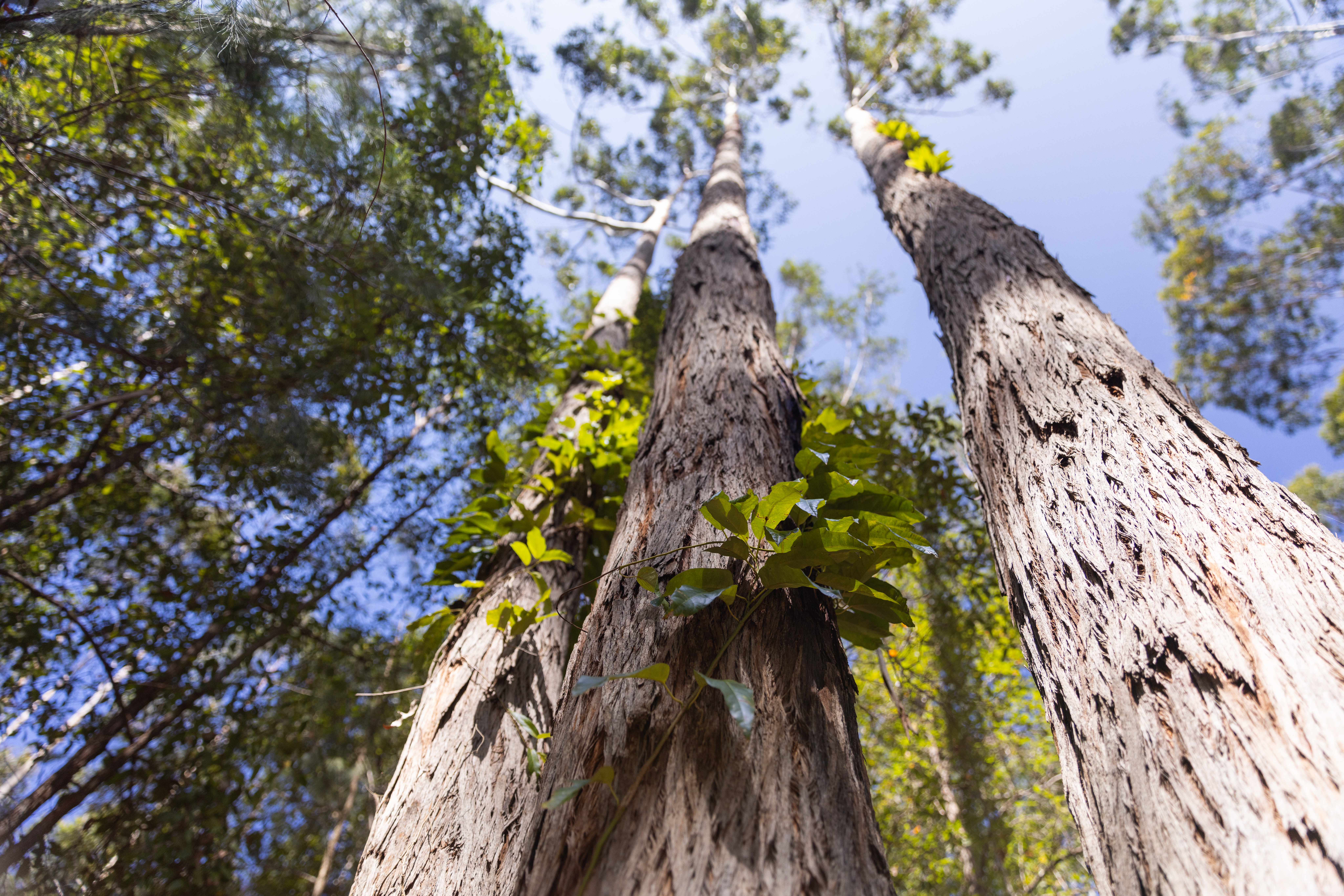
Crown (Top)
- Is the crown full and healthy, or sparse and struggling?
- Dead limbs or hollows may suggest stress or past damage.
- Crowded trees can develop co-dominant crowns, competing for light.
Trunk
- Are there any lumps, bumps, or signs of past damage? This can include signs of previous bushfires.
- Ants, grubs, or internal rot can create deformities over time.
- In mature forests, trees typically grow straight with minimal limbs below the crown due to natural shading.
- In younger or even-aged regrowth, more limbs and shorter heights are common due to increased light exposure.
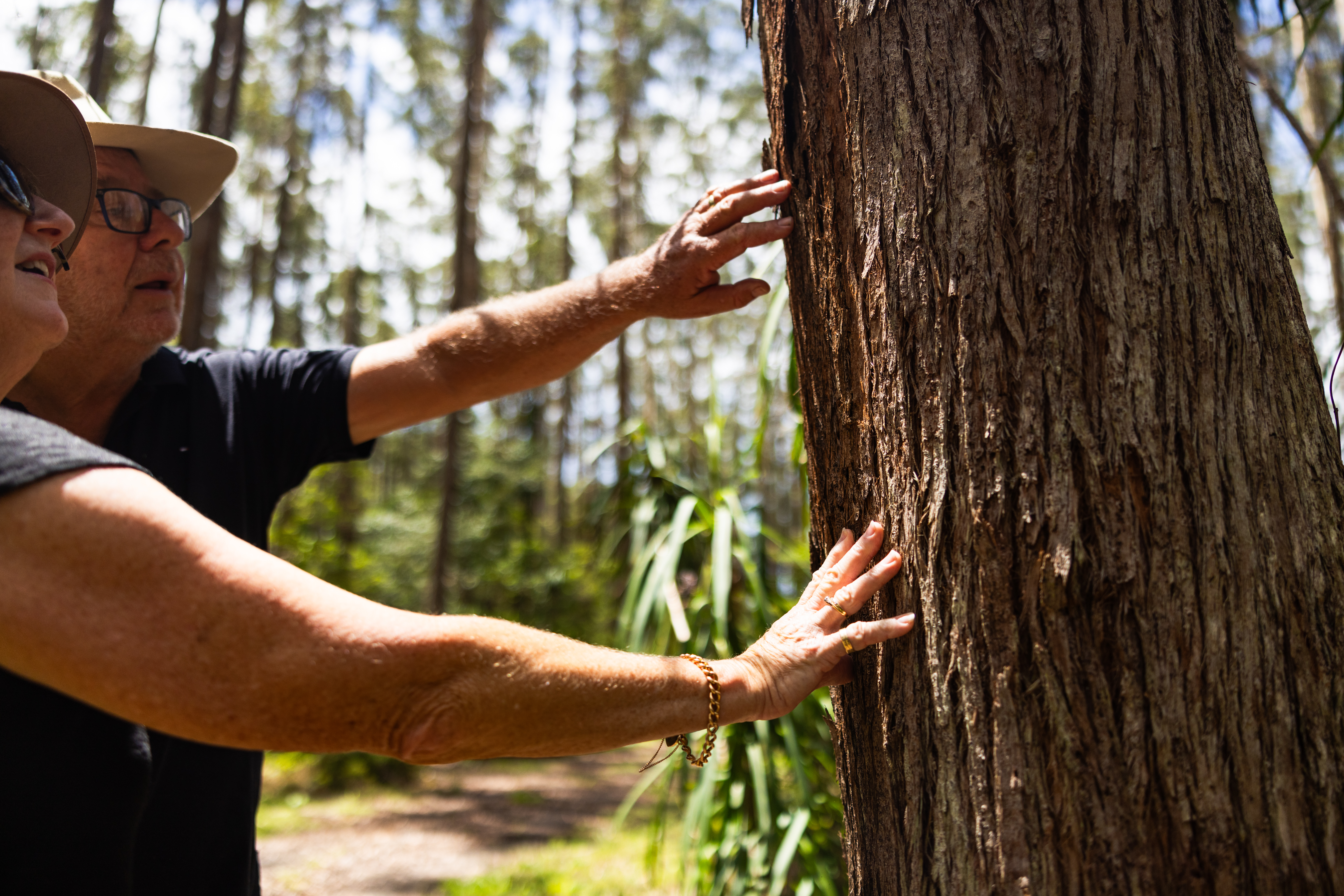
Assessing tree health: Bark is a strong indicator of overall health and should be thick, consistent, vibrant and free of pinholes.
Base (Butt)
An ant-infested butt will worsen over time if left unmanaged.
Swollen butts often point to mechanical or fire damage on the opposite side.
Fire scars or bark disturbance attract ants, which can lead to internal rot – sometimes forming hollow columns through the trunk.
Quick Reference Guide for Healthy Tree Physical Characteristics

Quick reference guide on healthy vs unhealthy tree form indicators compiled from a survey of 441 private forest managers (Science Direct)
5. Look at Environmental Context
A healthy forest is one where trees grow with good form, appropriate spacing, and minimal signs of stress or competition. But achieving that starts with understanding and working with your forest’s unique conditions.
You can’t separate tree health from environmental context. Everything from altitude to soil to aspect plays a role in shaping how trees grow – and how resilient your forest is over time.
Want Expert Eyes on Your Forest?
At Sustainable Forest Management, we help landowners across the NSW Mid North Coast balance ecological care with economic return through practical, science-based forest management.
✅ Book your FREE forest assessment today – call 1300 367 378
✅ Download your copy of the Ultimate Private Native Forestry Guide for Landowners
✅ Read more on our Blog How to Turn My Trees Into a Healthy Working Forest
Let’s work together to keep your forest healthy, productive, and sustainable – now and for future generations.
